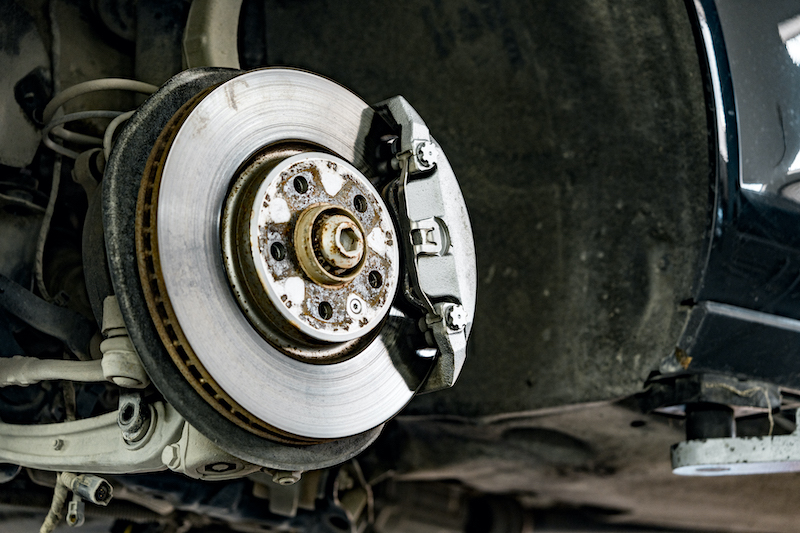4 DIY Car Engine Repair and Maintenance Tips
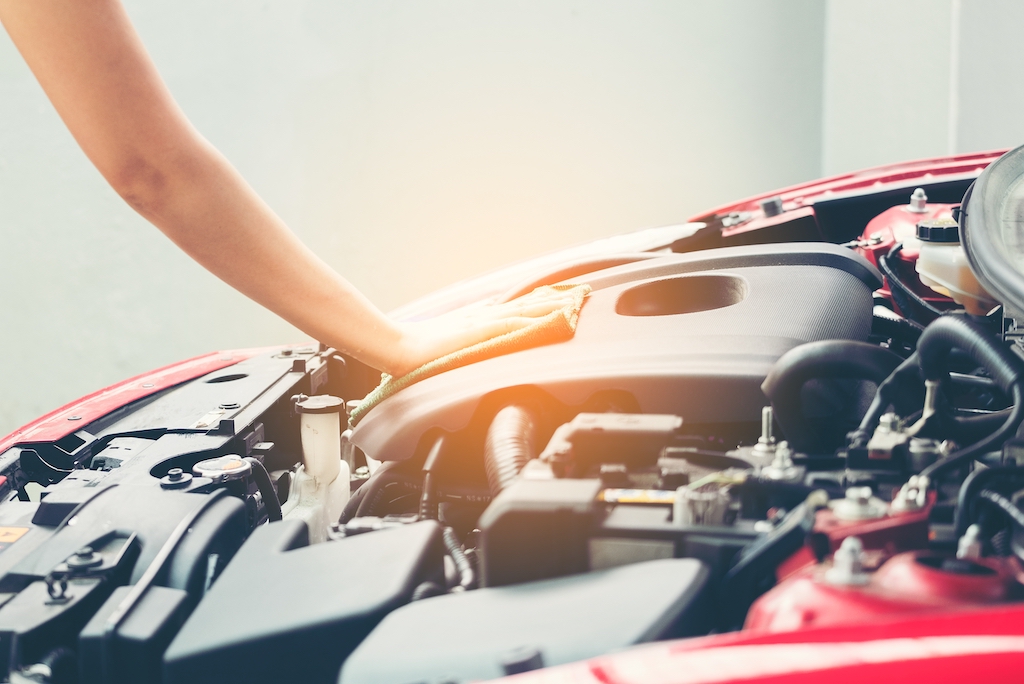
When it comes to car maintenance and care, it helps to be well-informed about your vehicle’s engine. The heartbeat of your daily commute, road trips and adventures, knowing how to keep your engine in top shape can save you both time and money.
In this blog, we’ll explain the ins and outs of your car’s engine and equip you with the knowledge and skills to perform essential DIY car engine repairs. While the prospect of this might seem daunting at first, we aim to simplify the process and make it easy to understand, even for beginners. From understanding your engine’s key components to learning about common engine problems, we’ll teach you to identify and address issues early on.
Would you like to be better prepared to tackle engine-related challenges and achieve self-sufficiency in car repairs? Get ready to master the art of DIY car engine repair and maintenance!
1. Understanding Your Engine
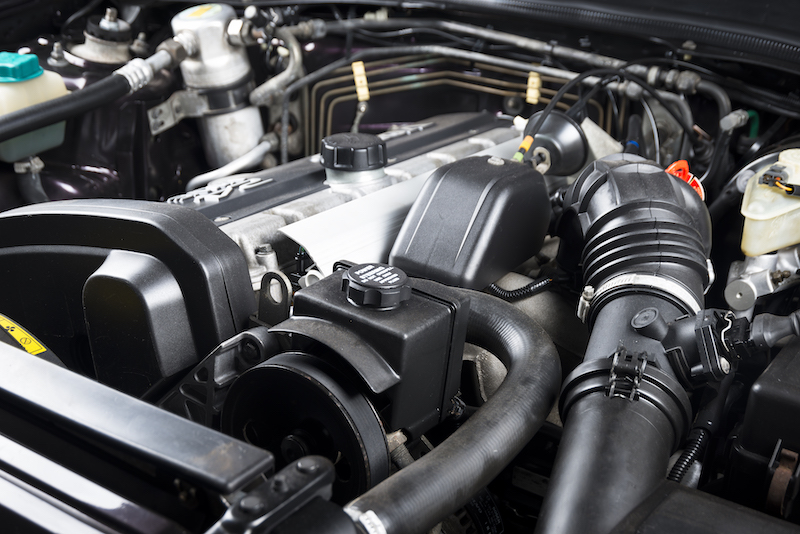
If you’re new to DIY car engine repair, it’s essential to start with the basics. Your car’s engine may appear complex, but its inner workings aren’t too difficult to understand. At its core, a car engine is an internal combustion engine, which means it generates power by burning a mixture of fuel and air.
The engine block is the main structure that houses various components. It’s where the cylinders are located, and it serves as the engine’s foundation. Engines can have multiple cylinders, typically arranged in a straight line or in a V shape. With these cylinders, there are controlled explosions that produce power.
There are also pistons moving up and down within the cylinders. They are connected to the crankshaft and play a vital role in converting linear motion into rotational motion. The crankshaft turns the reciprocating motion of the pistons into the rotational motion that drives your car’s wheels. Additionally, the camshaft controls the opening and closing of valves that allow air and fuel to enter and exhaust gases to exit the cylinders.
This basic understanding of your engine’s key components can help you further explore how to repair and maintain your car’s engine.
2. Identifying Common Engine Problems
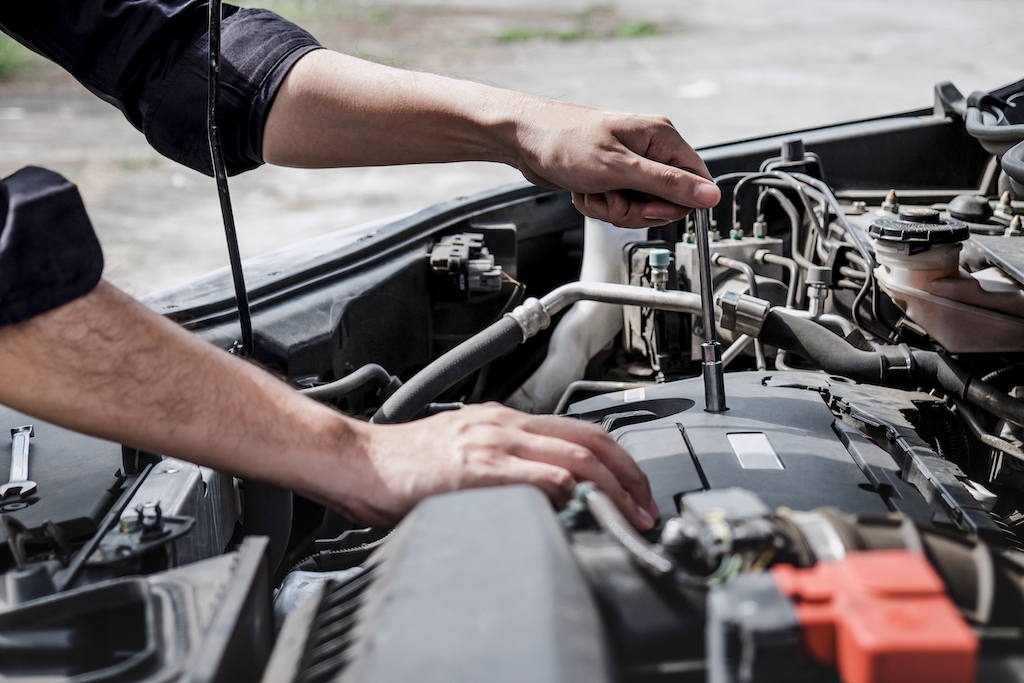
To become a capable DIY car enthusiast, you need to learn how to recognise common engine problems. The earlier you identify issues, the easier and more cost-effective they are to address and fix.
Firstly, watch for rising temperature gauges and steam coming from the engine. This means that your engine is overheating, which can result from coolant leaks, a malfunctioning thermostat, or a faulty radiator. Additionally, if you hear unusual sounds like pinging, knocking or hissing, it can indicate problems like worn-out bearings, damaged belts or exhaust issues.
If your car struggles to accelerate, it may be due to clogged air filters, fuel system problems, or a malfunctioning catalytic converter. Moreover, a lit-up “check engine” light could mean various potential problems. Here you can use an OBD-II scanner to retrieve trouble codes for more specific diagnostics.
In case of smoke from the exhaust, remember that different smoke colours indicate distinct issues. Blue smoke could be burning oil, white smoke might indicate coolant leakage, and black smoke may signal a rich fuel mixture.
By understanding these common engine problems and their telltale signs, you’ll be better equipped to address them promptly, ensuring your vehicle stays in peak condition.
3. Changing Your Car’s Oil and Oil Filter
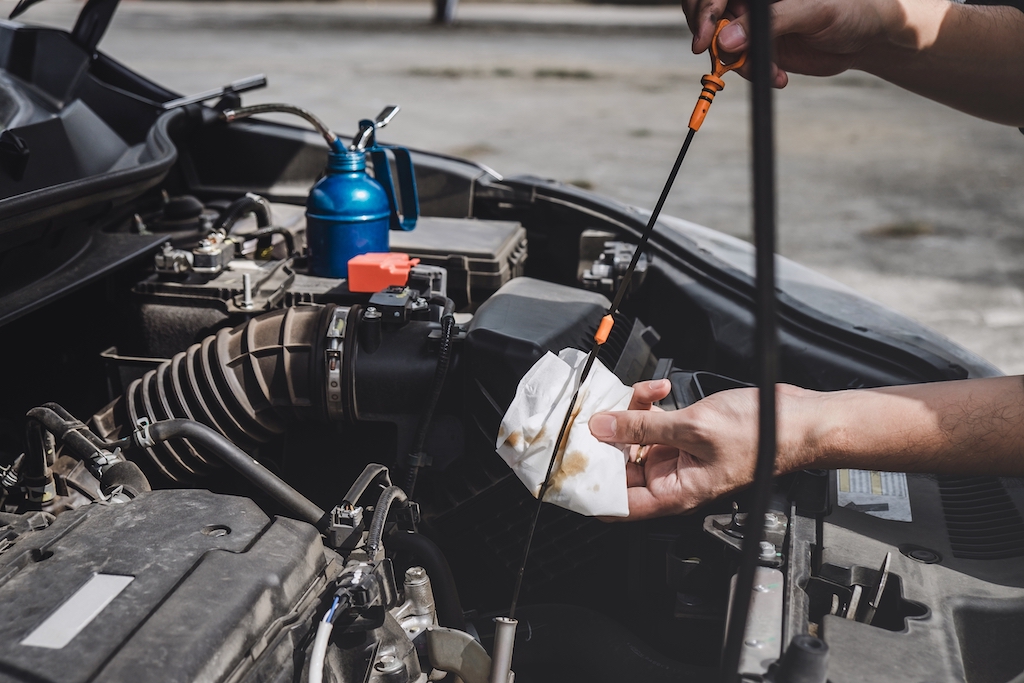
One of the most accessible DIY car engine maintenance tasks is changing your engine oil and oil filter. This routine procedure not only extends your engine’s lifespan but also improves overall performance and fuel efficiency.
Start by gathering the essential tools like a wrench, oil filter wrench, oil pan, new oil filter, and the correct oil for your vehicle. Ensure that your car is on a level surface, and you’re wearing your safety gear. Then, position the oil pan beneath the drain plug, remove it, and allow the old oil to drain completely.
Use the oil filter wrench to remove the old filter, then apply a thin layer of new oil to the gasket of the new filter and install it. Then, reattach the drain plug, and pour in the recommended amount of new oil. Run the engine briefly, turn it off, and check the oil level with a dipstick.
Changing your car’s oil and oil filter can save you money and also give you a sense of accomplishment!
4. Regular Engine Check-Ups and Tune-Ups
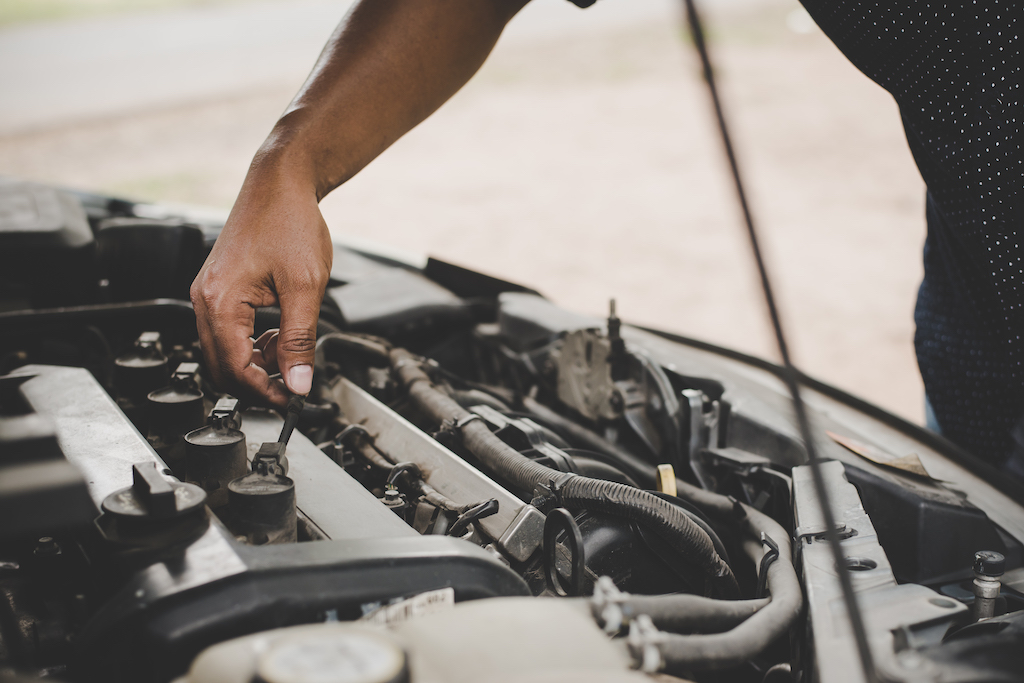
Regular engine check-ups and tune-ups are essential aspects of vehicle maintenance. These proactive measures can help prevent costly breakdowns and extend the life of your car’s engine.
Make sure to inspect the vital components of your car’s engine, and ensure that they’re working properly. This includes checking oil levels, belts, hoses and filters. You also need to ensure proper ignition timing for efficient engine performance and replace spark plugs, air filters, and fuel filters if necessary.
Regular tune-ups also help reduce harmful emissions and keep your car eco-friendly. This not only maintains your car’s reliability but also promotes fuel efficiency and a cleaner environment.
For Efficient DIY Car Engine Repair, Choose Online Automotive’s Car Parts
Want to repair your car’s engine by yourself? Our car engine parts can help!
At Online Automotive, we offer a comprehensive selection of high-quality replacement parts, carefully curated to meet your automotive needs. Our competitive prices also ensure that you get the best value for your money.
With expert product descriptions and responsive customer support, we strive to make your shopping experience seamless. Trust us to be your reliable partner in the world of DIY car repairs, ensuring that your journey is convenient and hassle-free.
Explore our range of products and get in touch with us today!




